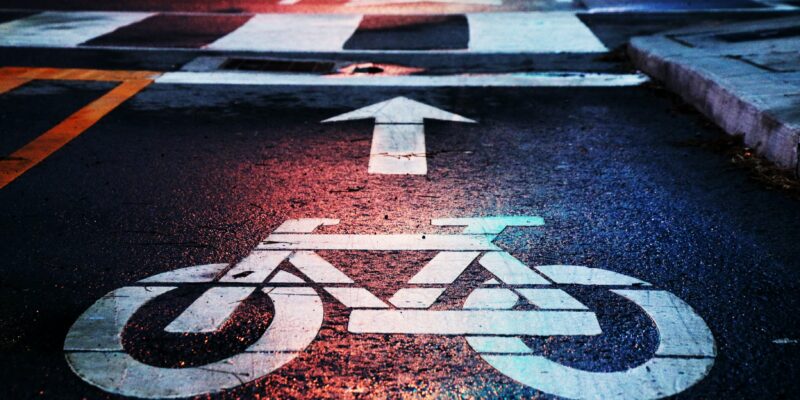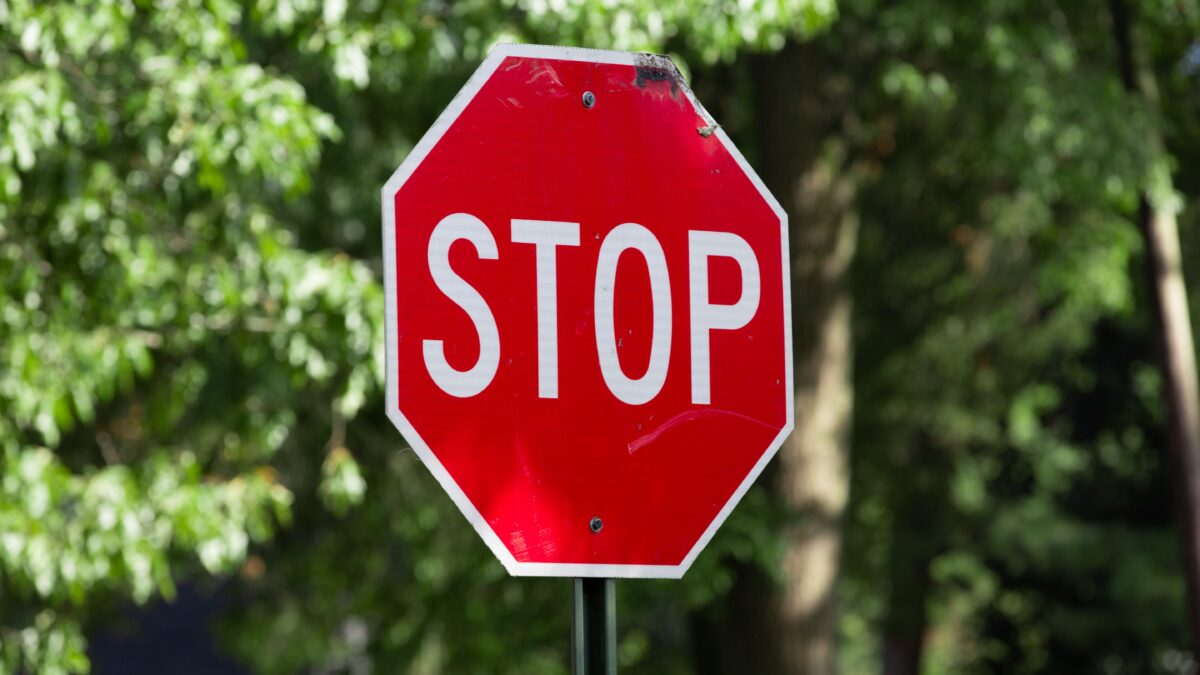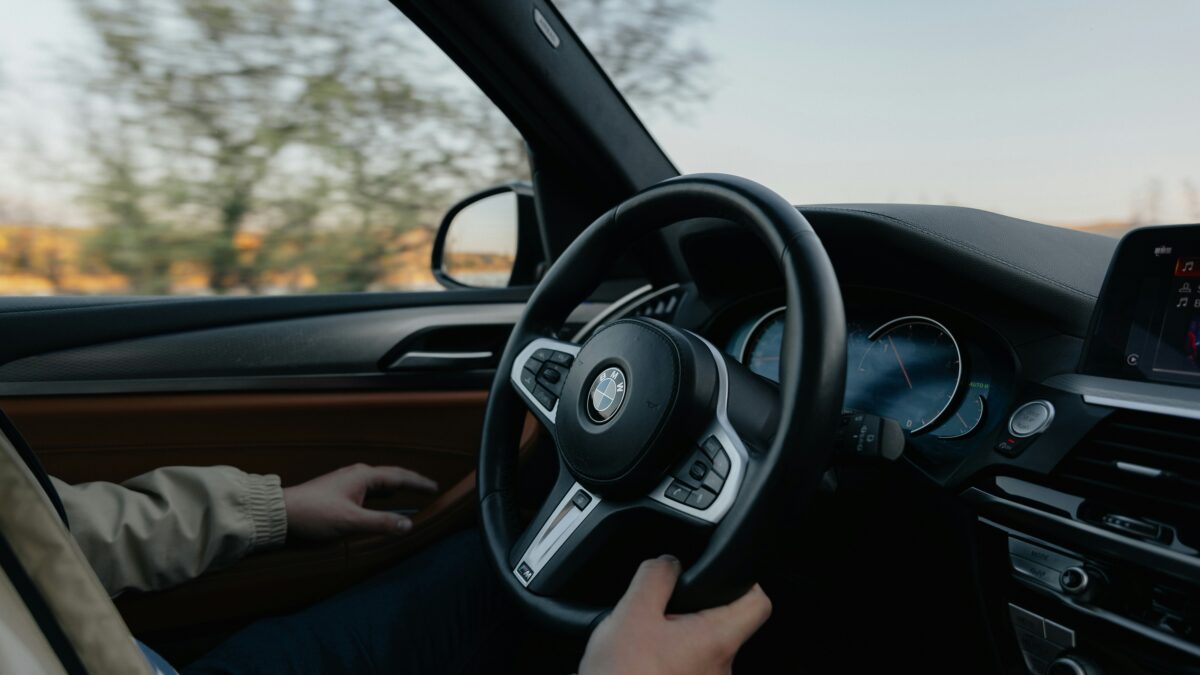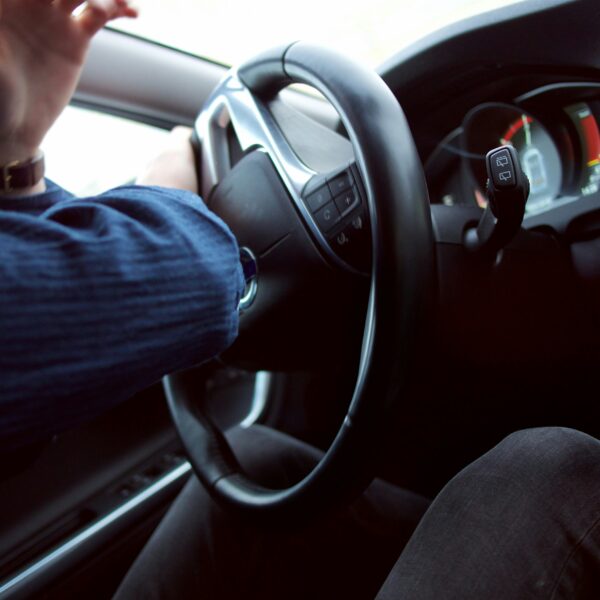Bike Lanes: Are They Really Safe?
Sharing the road with cyclists is becoming more common across the country as a majority of roads now have bike lanes to ride alongside the flow of traffic.
Popularity of Biking
Bikes have been around for centuries, long before cars were invented, and their popularity is still on the rise. In wake of the COVID-19 pandemic, there has been a large increase in demand for bikes as lockdown restrictions led more people to stray away from diving places and instead use bikes as their form of transportation, as well as a means of exercise and entertainment. Not to mention, bikes are cheaper, easier to maintain, and are more efficient than cars in regard to energy. The average car uses 50-80 times more energy to travel the same distance as a human on a bicycle. With this list of benefits, it’s no wonder cycling has gained so much popularity recently.
Bicycle Injury and Fatality Statistics
Before evaluating the pros and cons of bike lanes and how they hinder or help reduce bicycling accidents, it’s important to understand the numbers. The number of preventable fatalities from bicycle transportation accidents has increased by 37% over the last decade.

Image source: BayAreaBicycleLaw
A reason for this includes an increase in the number of cars on the road, such as SUVs and trucks. Additionally, drivers are more distracted now than ever before. Improving your driving safety and etiquette may help with reducing collisions with cyclists. Of the fatalities seen, there has been a large increase in the amount of males older than 20 dying in cycling accidents, while the number of males younger than 20 dying in cycling accidents has significantly decreased.
Pros and cons of bike lanes
To help combat the dangers of bike riding, miles of bike lanes have been created on roads across the country. This has created a bit of controversy. Some drivers refuse to think that the road should be shared with other non-vehicle modes of transportation, while cyclists believe the road is meant to be shared. We’ve created a list of pros and cons to help determine whether the implementation of bike lanes is truly helping motorists and cyclists share the road peacefully.
The Pros:
- They make cycling feel safer. Many people admit to not cycling as a form of transportation because they don’t feel safe enough doing so. Bike lanes provide an area of the road where people are able to bike comfortably.
- There are less people riding bikes on the sidewalk. This prevents any collision with pedestrians which can also be detrimental.
- They allow improved safety for motorists because drivers don’t have to veer as far into the neighboring lane, or oncoming traffic, when passing the cyclist.
- The wider the bike lane, the less drivers have to veer around the cyclist and the more comfortable drivers feel passing cyclists at higher speeds to prevent backing up the flow of traffic.
- Bike lanes attract new cyclists.
The Cons:
- Bike lanes can complicate bicycle and motor vehicle turning movements at intersections.
- Sometimes cyclists will remain in the bike lane when they should be leaving it in order to turn. This is sometimes known as the “turn left out of the far right lane” phenomenon.
- They may increase congestion on a road if there are multiple cyclists next to each other or if the cyclist does not stay within the boundaries of the lane.
- They may keep cyclists too far right which cyclists then have to watch out for opening car doors or cars pulling out from side streets.
- Bike lanes tend to be collectors of debris and their maintenance is often overlooked. This can cause cyclists to continuously have to exit the bike lanes to avoid debris and swerve into traffic.
Our final verdict on bike lanes
Even if bike lanes don’t help tremendously, they don’t hurt. Eliminating them cannot be any more helpful than their implementation. A large piece of the problem is several generations of drivers who don’t believe the road is meant for sharing. This causes a lot of people to be resistant to learning the best ways to share the road and less inclined to watch out for cyclists. As bike lanes keep popping up, creating protected bike lanes may be a better way to increase traffic safety.
However you commute, remember to be respectful of others on the road at all times. Try to decrease any distractions so that you can keep yourself and others safe throughout your travels.















